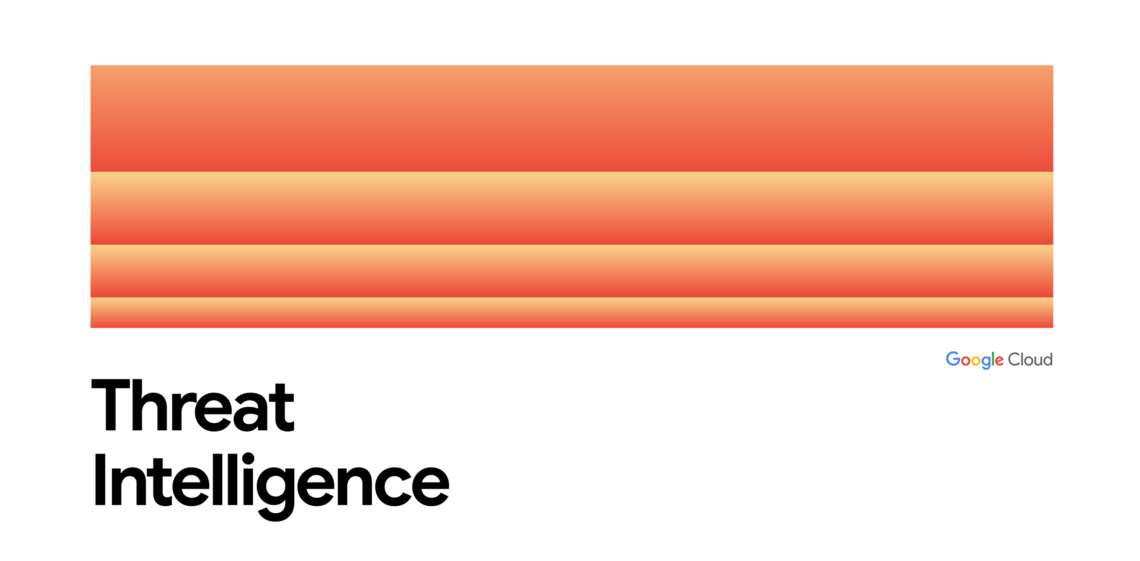The malicious .rdp configuration file specifies that, when executed, an RDP connection is initiated from the victim’s machine while granting the adversary read & write access to all victim drives and clipboard content. Additionally, it employs the RemoteApp feature, which presents a deceptive application titled “AWS Secure Storage Connection Stability Test” to the victim’s machine. This application, hosted on the attacker’s RDP server, masquerades as a locally installed program, concealing its true, potentially malicious nature. While the application’s exact purpose remains undetermined, it may have been used for phishing or to trick the user into taking action on their machine, thereby enabling further access to the victim’s machine.
Further analysis suggests the attacker may have used an RDP proxy tool like PyRDP (examined in later sections), which could automate malicious activities such as file exfiltration and clipboard capture, including potentially sensitive data like passwords. While we cannot confirm the use of an RDP proxy tool, the existence, ease of accessibility, and functionalities offered by such a tool make it an attractive option for this campaign. Regardless of whether such a tool was used or not, the tool is bound to the permissions granted by the RDP session. At the time of writing, we are not aware of an RDP proxy tool that exploits vulnerabilities in the RDP protocol, but rather gives enhanced control over the established connection.
The techniques seen in this campaign, combined with the complexity of how they interact with each other, make it tough for incident responders to assess the true impact to victim machines. Further, the number of artifacts left to perform post-mortem are relatively small, compared to other attack vectors. Because existing research on the topic is speculative regarding how much control an attacker has over the victim, we sought to dive deeper into the technical details of the technique components. While full modi operandi cannot be conclusively determined, UNC5837’s primary objective appears to be espionage and file stealing.
Deconstructing the Attack: A Deep Dive into RDP Techniques
Remote Desktop Protocol
The RDP is used for communication between the Terminal Server and Terminal Server Client. RDP works with the concept of “virtual channels” that are capable of carrying presentation data, keyboard/mouse activity, clipboard data, serial device information, and more. Given these capabilities, as an attack vector, RDP is commonly seen as a route for attackers in possession of valid victim credentials to gain full graphical user interface (GUI) access to a machine. However, the protocol supports other interesting capabilities that can facilitate less conventional attack techniques.
RDP Configuration Files
RDP has a number of properties that can be set to customize the behavior of a remote session (e.g., IP to connect to, display settings, certificate options). While most are familiar with configuring RDP sessions via a traditional GUI (mstsc.exe), these properties can also be defined in a configuration file with the .rdp extension which, when executed, achieves the same effect.
The following .rdp file was seen as an email attachment (SHA256): ba4d58f2c5903776fe47c92a0ec3297cc7b9c8fa16b3bf5f40b46242e7092b46
An excerpt of this .rdp file is displayed in Figure 3 with annotations describing some of the configuration settings.
